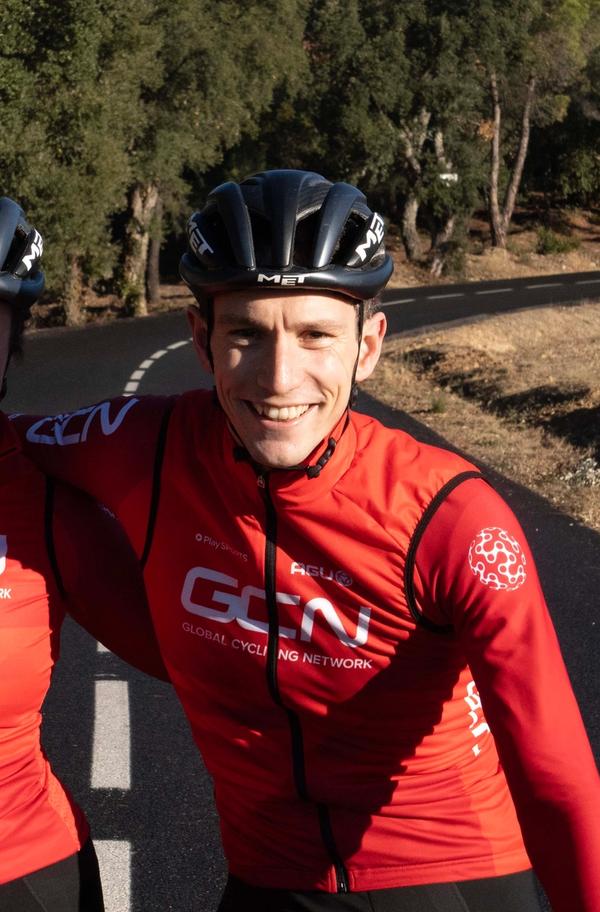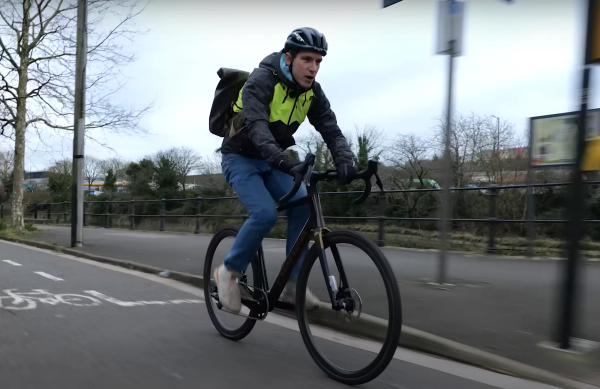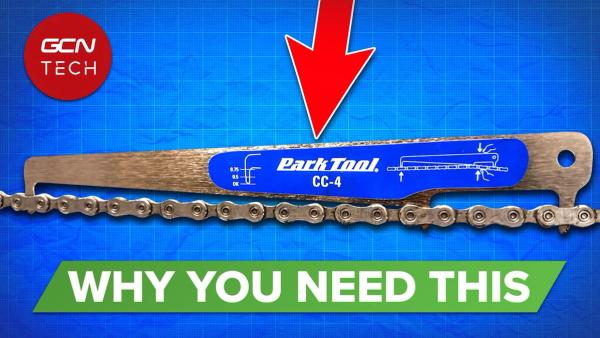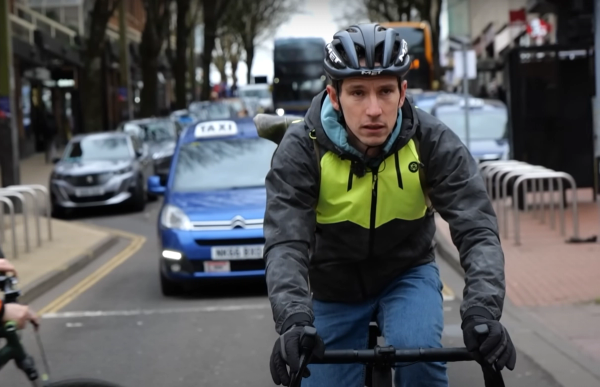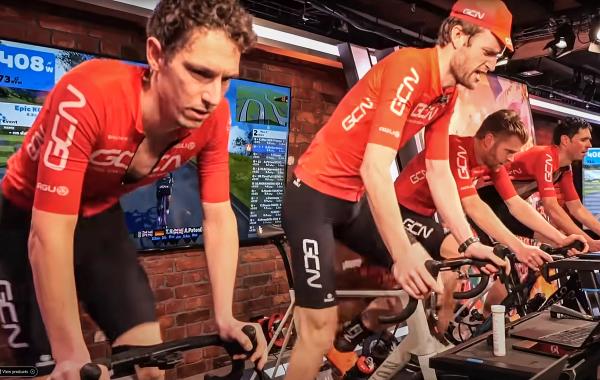How to choose the right tyres for your gravel bike
Tyre choice is so important to getting the most out of your gravel bike. Here's how to choose the right ones for your riding
James Howell-Jones
Junior Writer
Tyre choice is important for gravel riding but there’s so much choice, it can be hard to know where to get started. They come in all kinds of different shapes and sizes. Some are lightweight and semi-slick, others look almost like mountain bike tyres.
To get that choice right, you need to consider what kind of terrain you like to ride, and what's more important to you. Can you put up with a bit more drag on the roads so you can have more fun off road, or would you rather enjoy rolling quickly over the smooth stuff and take it steady in technical sections?
To illustrate the strengths and weaknesses of each kind of gravel tyre, we put four sets of gravel tyres to the test. Simon Richardson tested each set on tarmac, light gravel and mountain bike singletrack, so you can see which performs best on each terrain.
Read more:
- What should I buy: a road bike or a gravel bike?
- The differences between a cyclo-cross bike and a gravel bike
- Complete guide to road bike tyres
The tyres
For the test, we partnered with WTB and tested a range of their gravel tyres. We used a different tyre pressure in each of the tyres, according to the tyre width. Narrower tyres were inflated to a slightly higher pressure to give an equivalent ride feel across the different diameters.
All of them were set up tubeless on Hunt's Four Season gravel wheels, which have a 20mm internal rim diameter.
These are the WTB tyres we used.
WTB Byway 40mm
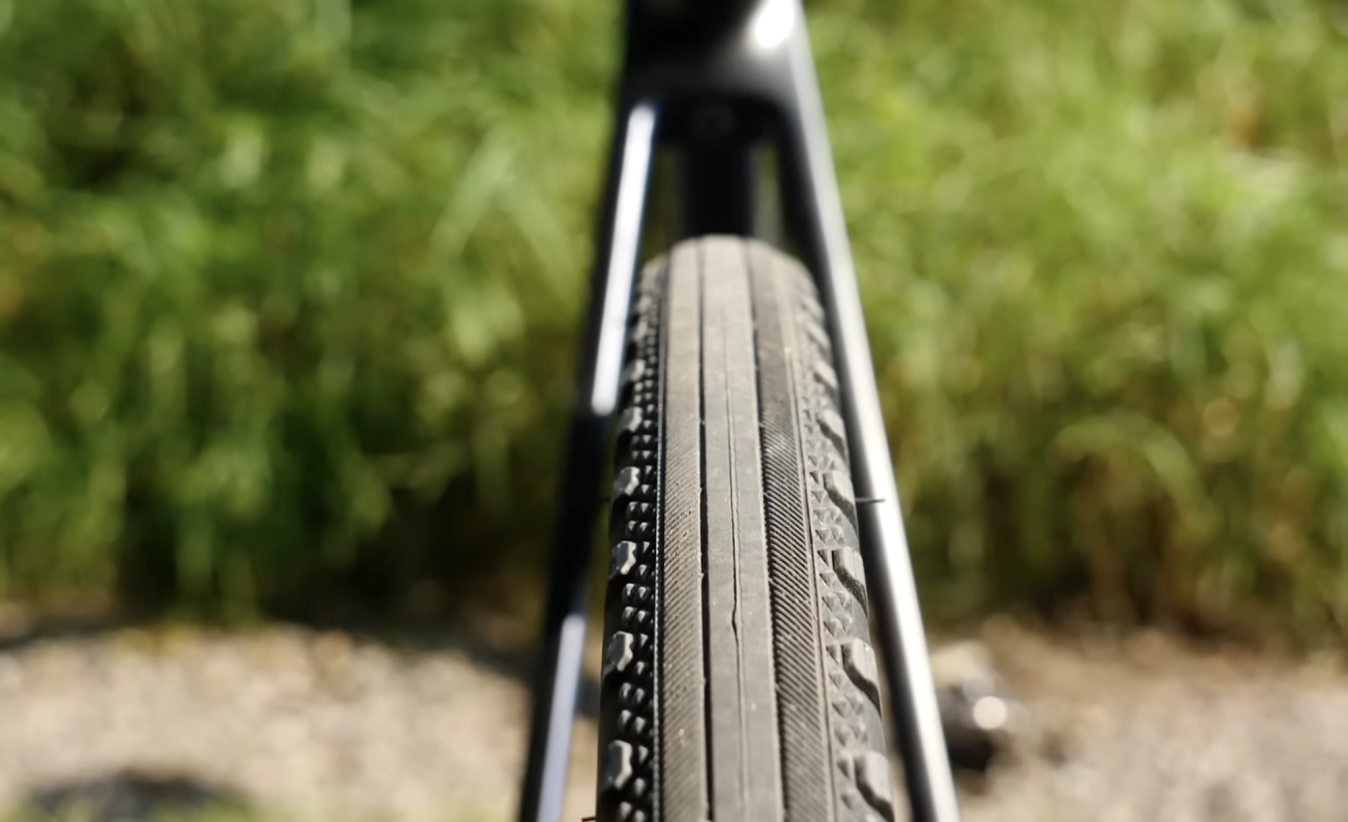
© GCN
WTB Byway 40mm
A semi-slick tyre with a fast-rolling centre and slightly knobbly shoulders.
WTB Riddler 37mm
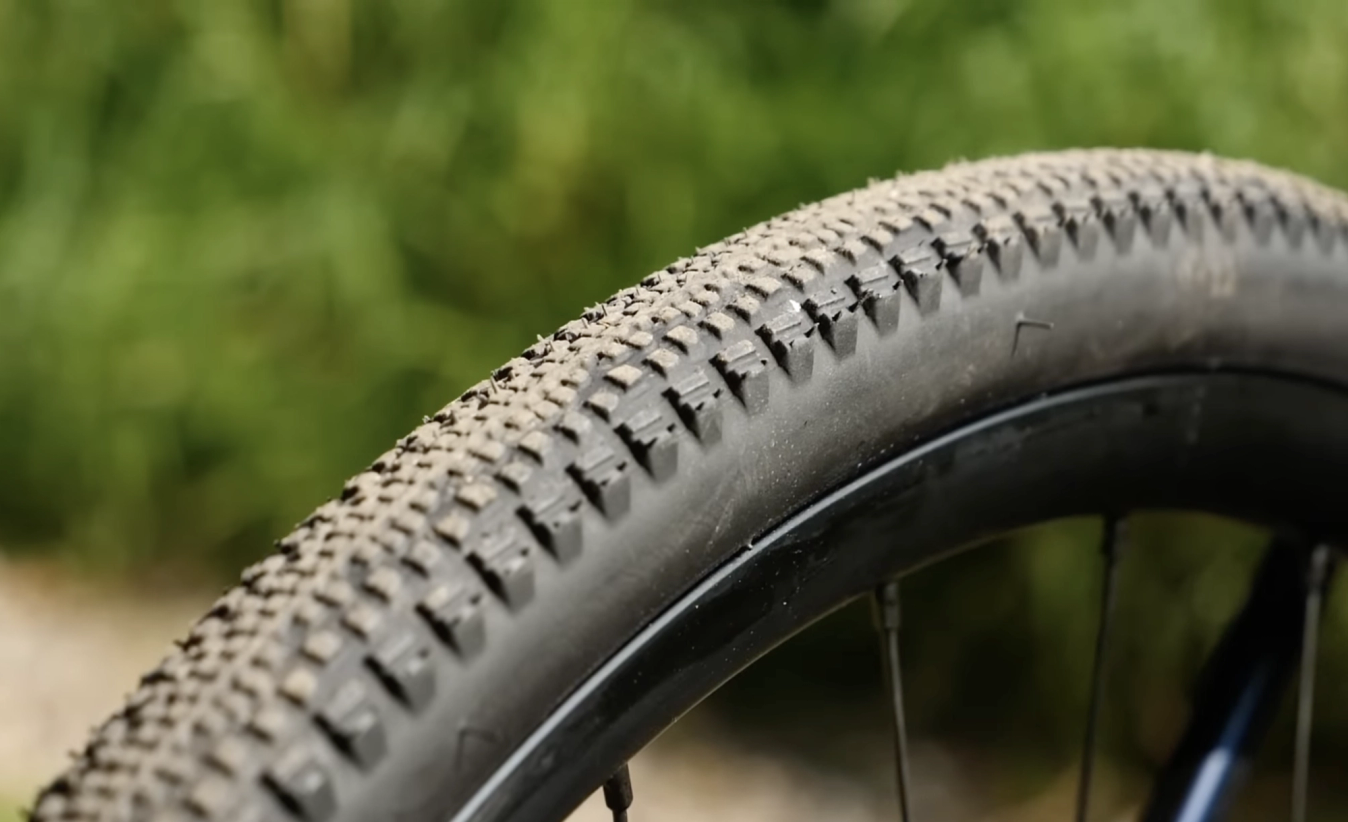
© GCN
WTB Riddler 37mm
A light gravel tyre, with a closely spaced, fairly shallow centre tread and deeper, chunkier shoulder tread. In 37mm, this is narrower than most gravel tyres.
WTB Riddler 45mm

© GCN
WTB Riddler 45mm
This tyre has the same tread pattern and construction as the 37mm Riddler, but at 45mm, this one is a lot wider and can be used with lower tyre pressure.
WTB Resolute 42mm
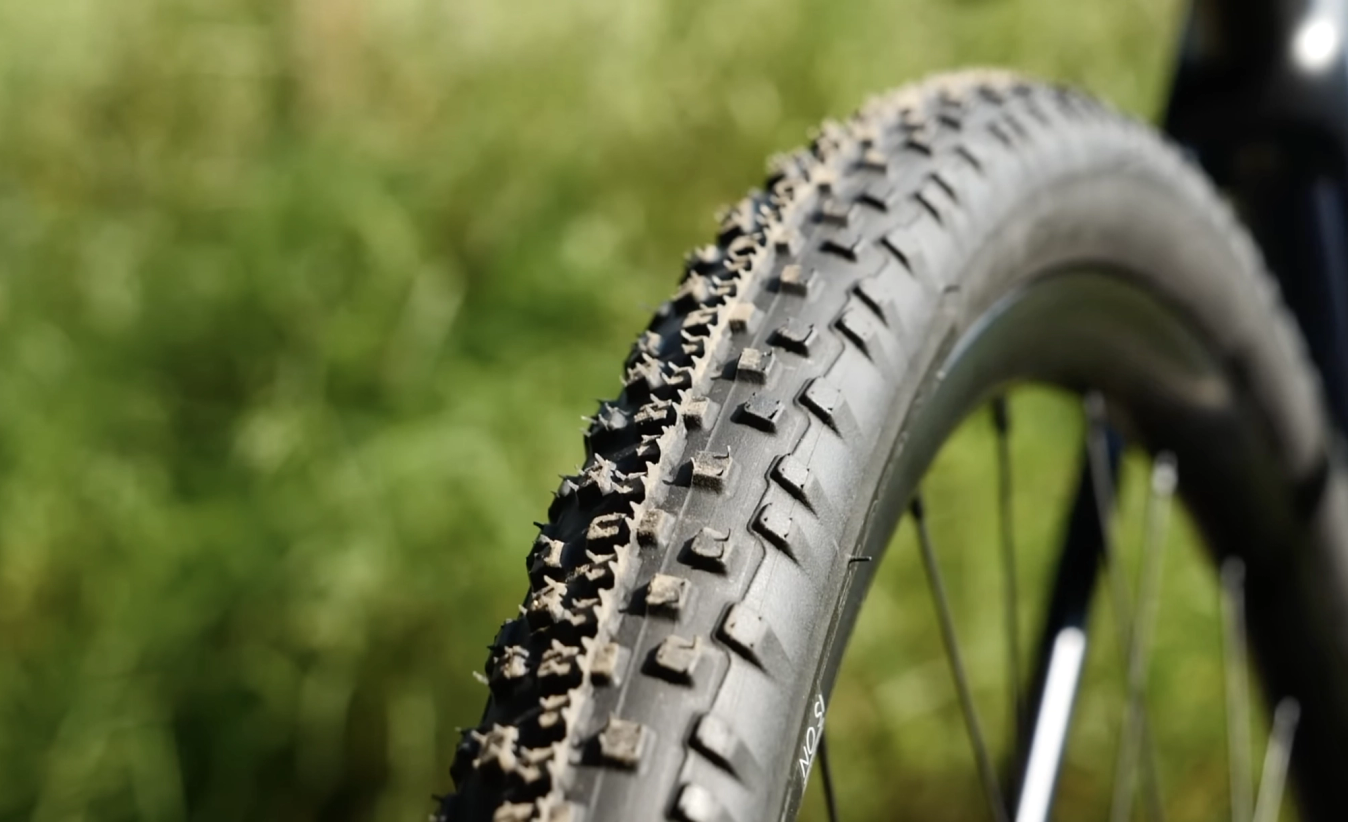
© GCN
WTB Resolute 42mm
A more aggressively treaded tyre intended for rougher, muddier surfaces.
Which tyres are fastest on tarmac?
To compare the amount of rolling resistance between each of the tyres on tarmac, we did a simple roll test. Starting on a gently sloping stretch of tarmac, Si rolled down onto a flat section of road. How far would he get before the bike came to a stop?
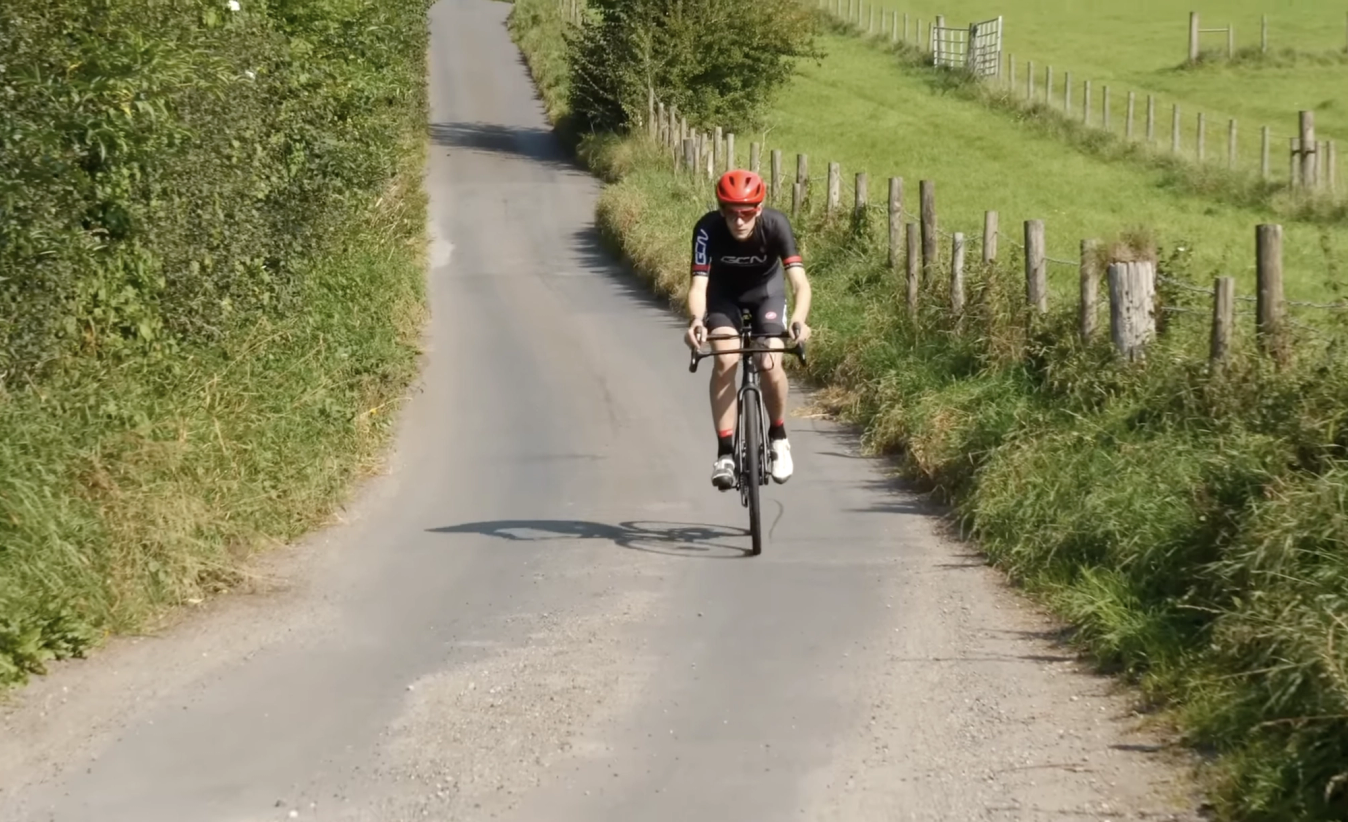
© GCN
Si rolled down a gentle slope on each set of tyres and noted how far he rolled
Results in order of distance rolled, from longest to shortest:
- Byway
- Riddler 37mm
- Resolute
- Riddler 45mm
The difference is enough that you can feel it in every pedal stroke. Smoother tread rolls faster, and narrower tyres roll faster.
For some, the fact that the narrow tyres are faster will come as a surprise. With road tyres, most of us are aware that wider tyres offer less rolling resistance. In this case, all the gravel tyres are wide enough to remove road buzz, but the widest of them are so wide that the extra energy that's required to deform the tyre as it meets the surface of the road increases the rolling resistance.
The size of the tread has an impact too. As your tyre rolls along, new rubber constantly meets the ground. On a slick tyre, that transition is unobstructed. As you add knobs onto a tyre, they create obstructions that you need to overcome, and that uses energy. As the knobs get taller and further apart, their impact becomes much greater.
Which tyres are fastest on gravel?
Next, Si rode at a consistent speed over a smooth gravel track. How would tread pattern and width affect the amount of power Si needed to put out to ride a consistent speed?

© GCN
Si rode at a consistent speed down this gravel road and measured the power difference
In this test, the Riddler 37mm, Resolute 42mm and Byway 40mm were all within half a watt of each other. The wider Riddler 45mm took an extra 11 watts to maintain the same speed.
So, why were three of the tyres the same? Whilst the slicker tyres are faster on tarmac, it appears that the gravel surface closes the rolling resistance gap between the tyres. On the rough ground, our test suggests there is no advantage to having a slick tyre.
The 45mm Riddler was slower because of its volume. As this tyre meets the ground, the tyre has to deform more rubber than the narrower tyres. On rougher surfaces than this, it would lead to an energy saving – the wider tyre can absorb more vibrations than the narrower ones, which would make it roll faster on really rough surfaces. On smooth gravel though, the vibrations aren't significant enough for the wider tyre to be advantageous.
Which tyres are best for cornering and braking?
To find out, we put each of our sets of WTB tyres to the test on a hard-packed man-made mountain bike trail. Here's how they got on.
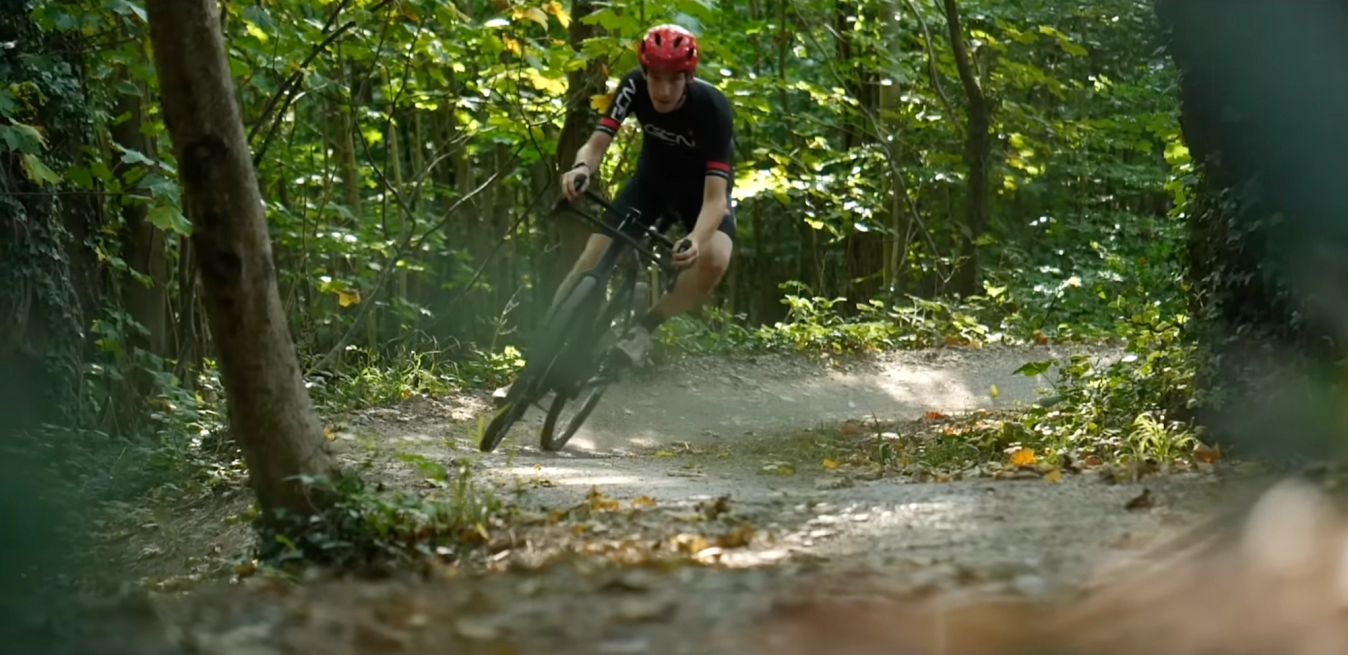
© GCN
Si tested each of the tyres on a man-made mountain bike trail
Results, based on the time Si took to complete the trail:
- Resolute 42mm
- Riddler 45mm
- Riddler 37mm
- Byway 40mm
You can feel the extra confidence you get on rougher, more technical terrain on wider tyres that can be run at a lower pressure. The ride is smoother, you get more grip and more control, and you roll faster over the rough stuff.
Extra grip adds confidence too, especially in corners, and makes it easier to scrub speed when approaching obstacles or technical bits.
If the gravel riding you do is on the rougher end of the scale, then wider, grippier tyres will be faster and more fun, although they'll be slower on roads and smoother gravel.
It's not just about width and tread
When choosing tyres, it's worth considering other factors besides tread and width.
Most gravel tyres these days are intended to be used tubeless, which means that instead of a traditional inner tube, they are used with a liquid sealant inside the tyre. In most cases, the sealant flows to seal punctures as you ride. For off-road riding, tubeless is the best option.
Read more: Everything you need to know about tubeless tyre maintenance
The tyre casing is really important too. In higher-quality tyres, there will likely be a higher thread count (measured in threads per inch). This allows manufacturers to use less rubber, meaning high-TPI tyres are generally more comfortable and faster rolling.
Tyre compound describes the specific type of rubber used. For more grip, a softer compound is best, and generally speaking, gravel tyres will use soft compounds for traction on rocks and roots. The only downside of softer compound tyres is that they wear out quicker than harder compounds.
Finally, consider puncture protection. Lighter gravel tyres will usually prioritise reducing the weight and rolling resistance over increasing puncture protection, whereas heavier, more knobbly tyres will often be intended to be sturdier. Some manufacturers insert a strip of puncture protective material within the tyre casing.
For more information about how tyres work, look at our complete guide to road cycling tyres.
So which gravel tyre is best?
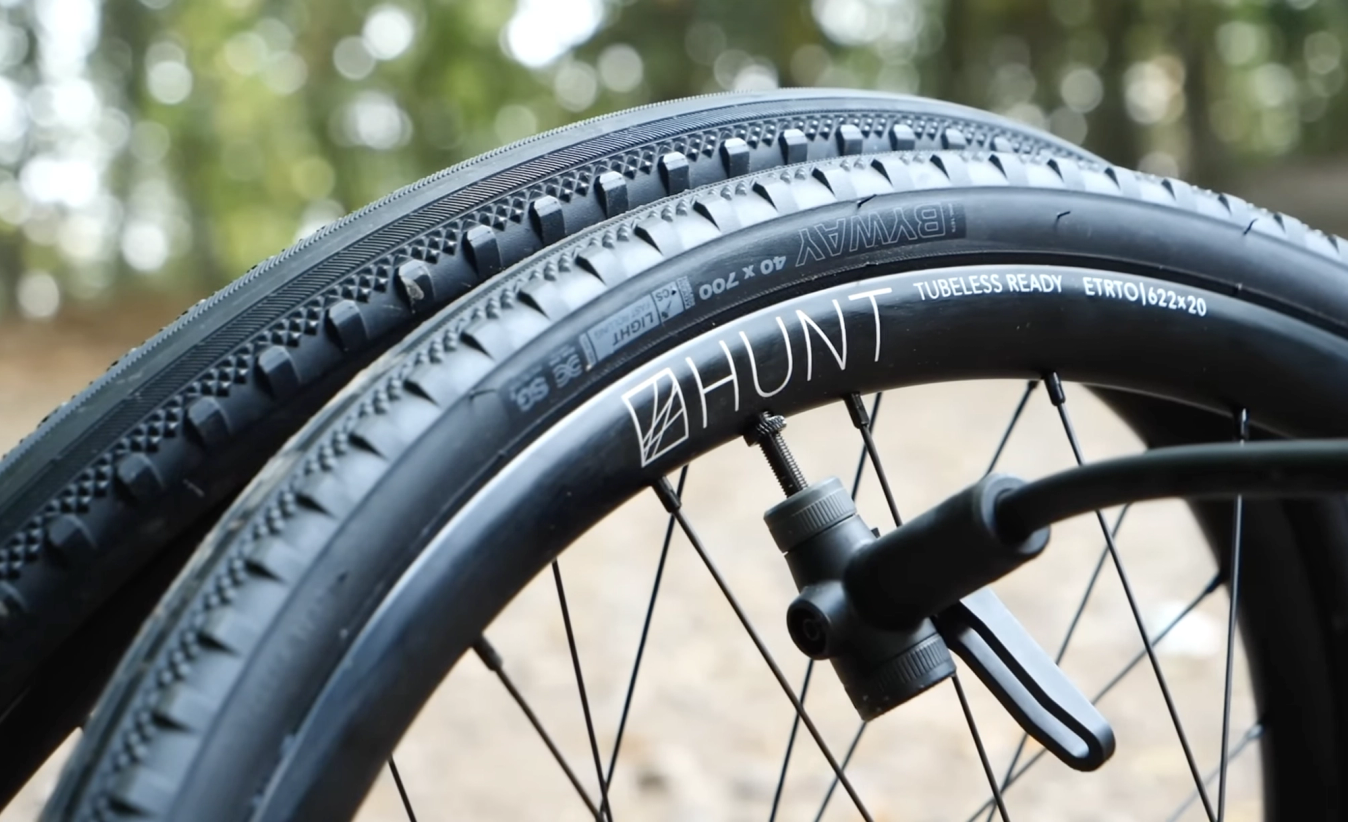
© GCN
The best gravel tyre depends on where you ride
Each of the tyres we tested has its own strengths, and each is clearly designed for different types of terrain. Some are better on smoother surfaces, others are better on rougher surfaces. The fact is, though, that all of them were fast and fun to ride on the range of surfaces that you encounter on a gravel ride, whether that's tarmac, smooth gravel or singletrack.
Choosing between them, then, is about assessing the kind of terrain you spend most of your time on, and the terrain you want to have the most fun on.
If you want your gravel bike to roll fast on tarmac and smooth stuff, and you're happy being a little bit slower on the technical bits, then a smoother rolling, narrower, lighter treaded tyre is right for you.
If you'd rather set your bike up to perform brilliantly on the rougher parts of your ride, and you don't mind going a bit slower on the roads, then something chunkier and grippier is the right choice.
For more advice about tech, components and what to buy for your bike, head to our Buying Advice section.
